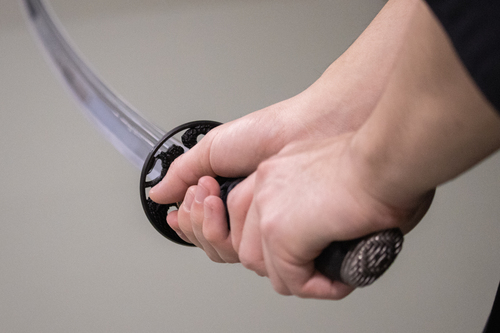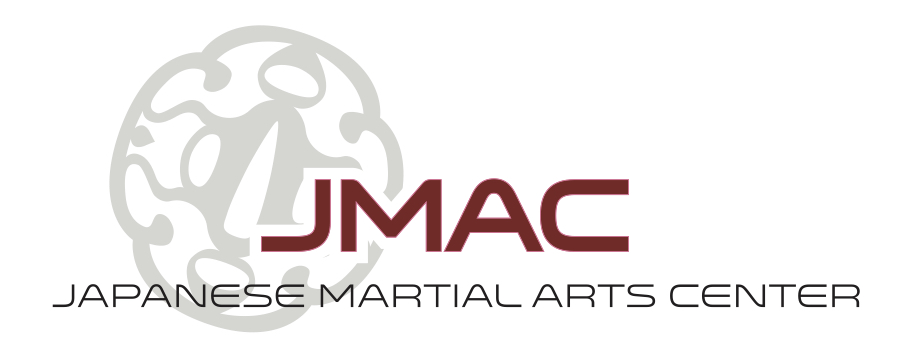5 Mistakes Students Make in Iaido and How to Correct Them
5 Mistakes Students Make in Iaido
Are you interested in practicing iaido in Ann Arbor?
A little lost when it comes to swords?
Iaido, the Japanese martial art of drawing and cutting with a sword, requires precision, focus, and consistent practice. However, even seasoned practitioners can fall into common mistakes that hinder their progress!
Let's explore the five major mistakes often seen in Iaido training and how to correct them.
1. Misaligned Foot Placement
One of the most fundamental aspects of Iaido is foot alignment. A common mistake is the misalignment of the back foot, often turning inward rather than staying parallel to the line of the cut. This misalignment can open the hips and destabilize the body's structure, making it difficult to generate power and maintain balance.
Correction: Ensure both feet are parallel and aligned with the line of the cut. This alignment allows the body's structure to support a strong, linear cut that is efficient and balanced. Pay particular attention to keeping the back foot straight to avoid compromising your posture and cutting technique.
2. Losing Ground Contact
Maintaining contact with the ground is crucial for stability and power. A frequent mistake is allowing the foot to lift or fall into position when moving, which can disrupt balance and weaken the stance.
Correction: Practice sliding the foot along the ground during transitions. Start in a low stance, and as you move, ensure the foot remains in contact with the ground, sliding smoothly into the next position. This technique helps maintain stability and keeps your body level throughout the movement.
3. Mishandling the Scabbard (Saya)
Proper handling of the scabbard (saya) is essential for a smooth and effective draw. Many practitioners either fail to grasp the scabbard close enough to the opening or neglect to pull it back during the draw. This can result in a scraping sound, difficulty in drawing the sword, and an ineffective separation of the sword from the scabbard.
Correction: Grip the scabbard near the opening and pull it back strongly as you draw the sword. This movement, known as "saya-biki," ensures a clean separation and a more controlled draw. You create a more precise and efficient movement by fully enveloping the end of the scabbard with your hand.
4. Incorrect Grip on the Sword
The grip on the sword, particularly the positioning of the left hand, is another area where mistakes are common. If the hand slides to the side of the handle rather than staying on top, it can lead to a loss of control at the bottom of the cut, resulting in a weak finish.
Correction: Ensure your left hand is positioned over the top of the handle, with a long, extended grip. The power should primarily come from the left hand, allowing for a strong, controlled cut that stops cleanly. This grip utilizes the body's structure to maintain control and precision in each cut.

5. Improper Sword Sheathing Technique
When putting the sword away (noto), many practitioners unconsciously lift their thumb onto the blade, which can be dangerous and inefficient. This habit can develop especially when practicing with a non-sharp sword.
Correction: Keep your thumb in contact with your fingers during the entire sheathing process. Only when the sword is completely sheathed and secure should the thumb separate to control the tsuba (sword guard). This method ensures safety and precision in the final stage of your technique.
Improve Your Training of Iaido in Ann Arbor at JMAC!
These five common mistakes can significantly impact your Iaido practice, but with focused attention and consistent practice, they can be corrected. Pay attention to your foot alignment, maintain ground contact, handle the scabbard correctly, grip the sword properly, and practice safe sheathing techniques to refine your Iaido skills.
If you have any questions or want to learn more about Iaido in Ann Arbor, feel free to contact us at info@japanesemartialartscenter.com for more information!
